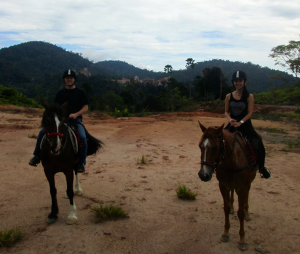It is disturbing when a system works too slowly or provides inaccurate results. Worse, it can be hard to diagnose and fix the root cause. When that system is a person it is even more frustrating. When that person is yourself it can be embarrassing!
I was working with a GBS senior partner and a team of IBMers to put together a quick proposal that would be put in front of the CEO of a leading bank the same day. I was “driving” and the team was telling me what to type or draw. It was clear that my PowerPoint authoring was slower than usual. When I sent out the results to the team it was clear that, in the rush, I had forgotten to proof-read it. Then, when I reflected on my performance and faulty results my inner critic got a bit carried away until I realized what was happening inside my head and squelched it.
Just a bad day? What about the times when I interrupted someone, over-optimized things until they were more complex than they needed to be, or used business-speak or techno-babble when I knew I was the only one in the room to comprehend it? What about the times I completed an urgent task at the expense of something more important? All this when consciously trying to avoid it?
Can anyone provide leadership when they have a comedy of errors going on inside their own head?
I was fed up and determined to do something about it. Where I ended up is with my nose in another book–this time “The Executive and the Elephant“.
The notion of people getting distracted by thoughts and doing something other than what they were trying to do is nothing new. This book provides proven ways to actually stop it, presented in an innovative way for leaders.
The author calls the subconscious mind your elephant and your conscious mind your executive. You can imagine the executive trying to ride the elephant and keep it on track.
It reminded me of my wife getting thrown off her horse when the horse’s craving for a mouthful while galloping through the weeds was stronger than my wife’s ability to keep his head up.
So I kept reading. I am still reading. I recommend the book to anyone who wants to become a better leader by learning to lead their own mind.

